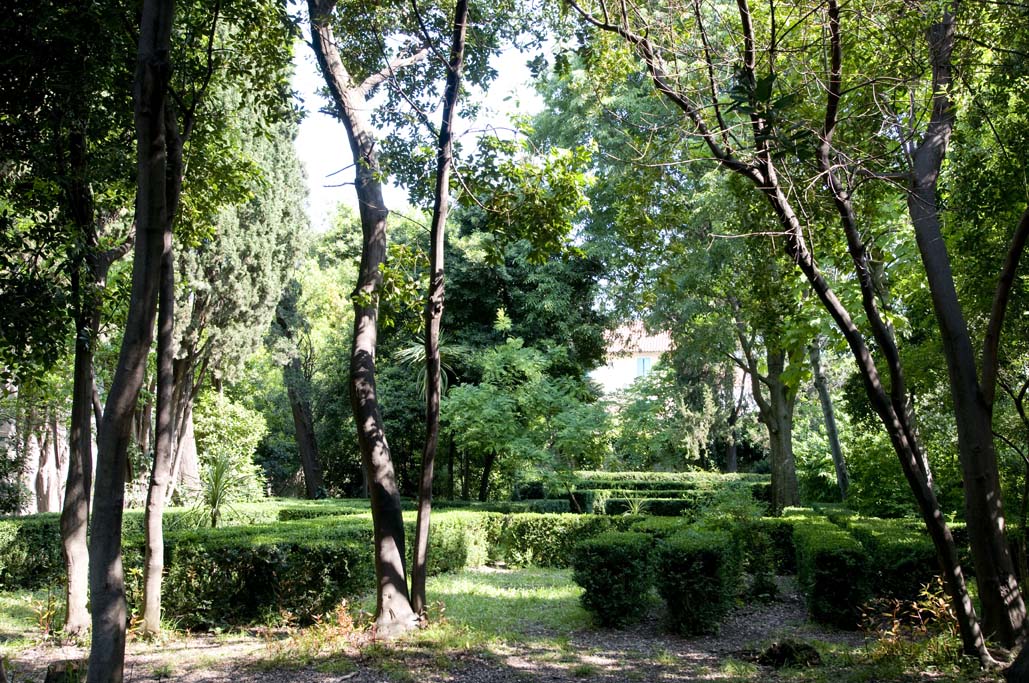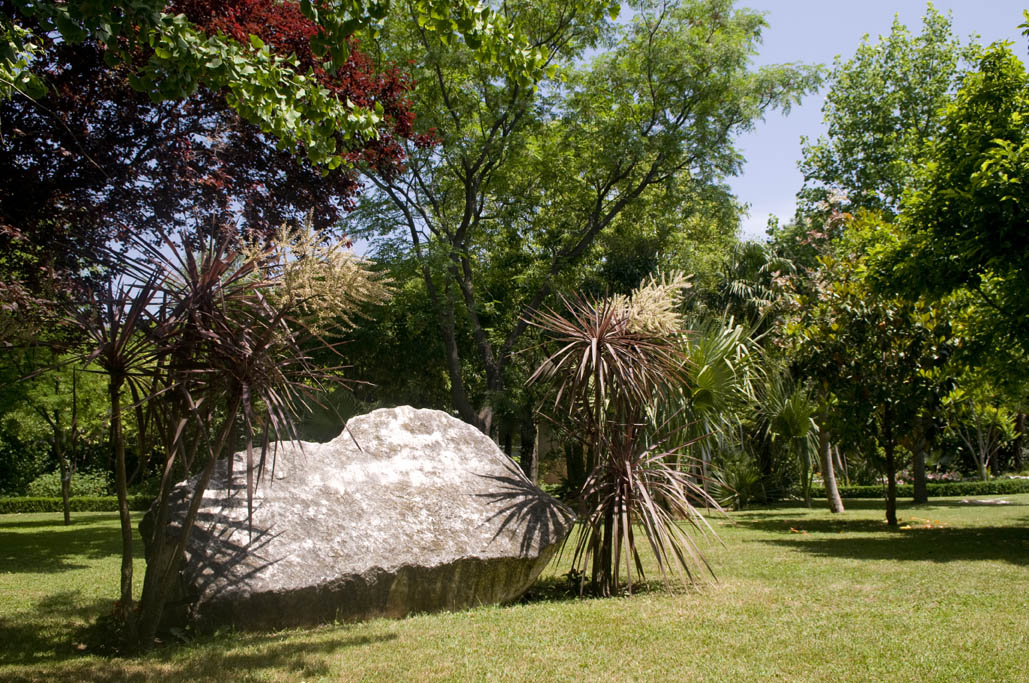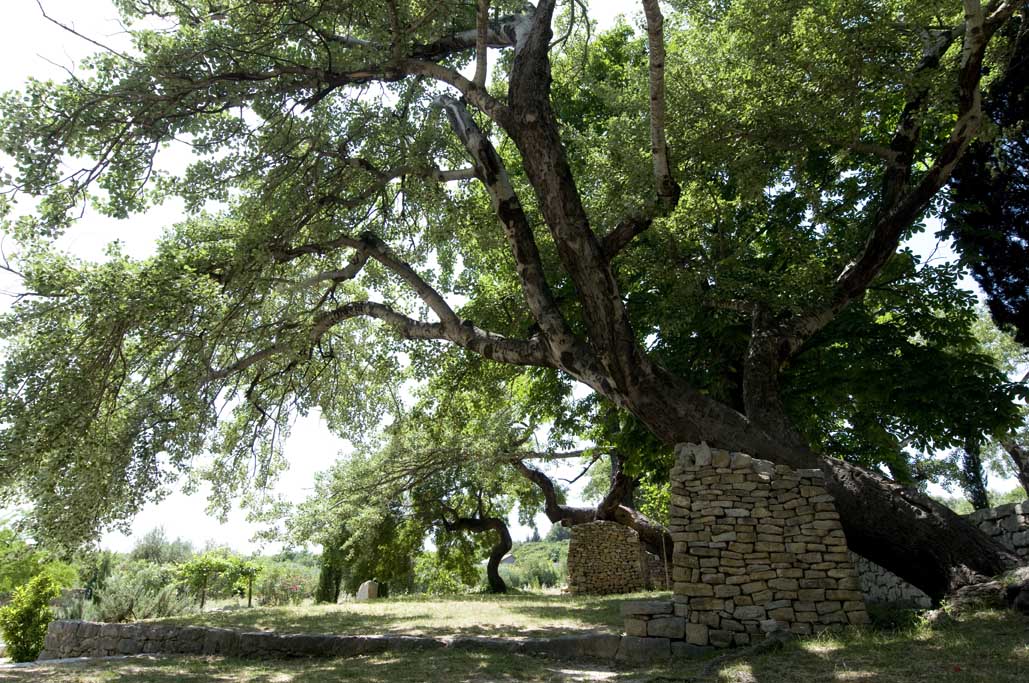This post is also available in: Croatian
The beauty of Kaštela has always attracted many tourists, as well as artists, poets and writers. One of them, the well-known Croatian poet Andrija Kačić Miošić, was especially attached to Kaštela, to which he dedicated a series of poems. In one of his famous verses – to paraphrase his words – he speaks of the seven settlements of Kaštela aligned like seven graciuos swans. The poet wanted to emphasize the beauty, sensuality, grace and sophistication of these little towns, just as the swans are.
The verse about “seven swans or seven Kaštela” is followed by the creation of their beautiful gardens, whose elegance is does not lose a spark in comparison to gardens decorated in French or English style. In seven Kaštela settlements, there are three such beautiful gardens and the fourth – a private one, curated by the Karanušić family from Kaštel Kambelovac, honored with many awards. If your desire is to enjoy natural beauty, peace and the singing of birds, make sure to include in your itinerary a visit to the gardens of Kaštela.
Historical architectural park – Vitturi Park
It was the first such example of park architecture in Kaštela, in the second half of the 18th century. The park was created by Radoš Micheli Vitturi, a nobleman from Kaštel Lukšić. Nowadays, this park is known as Vitturi Park and is located on the shore of Kaštel Lukšić, on an area of 7450 square meters. Vitturi Park was proclaimed a cultural monument in 1968, side by side with the famous Gučetić’s Park in Trsteno, Garanjin’s Park in Trogir and Borelli’s Park in Sveti Filip i Jakov. Because of its characteristics, Vitturi Park is acclaimed as a rare monument of Croatian park architecture. While walking around its lanes, you will find lane frames of boxwood, old specimens of cypresses, alpine pine and laurel pines. There are also various exotic trees like firmiana, from the cocoa family, and scented calicantus.
Botanical Garden of Ostrog Elementary School
In 1976, when the elementary school in Kaštel Lukšić moved to a new building, the rearrangement of the completely neglected school ground area began. On four acres of land surrounding the school, there are more than 1,400 varieties of plants that come from all over the world, but mostly from the Mediterranean zone. The largest part of the botanical garden is occupied by an arboretum, built in the landscape style of an English garden. In the southern part of the garden, there are groups of authentic and exotic trees, bushes, perennials and flowering plants, but the special attention of the visitors is often attracted by aromatic and medicinal herbs. The botanical garden was built according to the English-French principle, so its northern part hosts the so-called “small park“, with completely symmetrical lines. In that zone, there is also a stone stage, where various cultural and artistic events take place. The integral part of the botanical garden is an olive grove, with 170 olive trees. Its variety of 45 domestic and foreign olive trees represents one of the largest collector’s plantation on the Croatian part of the Adriatic.
Biblical Garden Stomorija – Shrine of Our Lady of Stomorija
The historical site of Our Lady of Stomorija, i.e. the church of St. Mary on the slopes of Kozjak, today hosts the Biblical Garden. For centuries, it has been growing trees, olives, grape vines, figs and plants mentioned in the Bible. Over the years, people have addeed some other plants such as juniper trees, laurels, acacia, as well as spicy and fragrant herbs. At the entrance to the Biblical Garden, there is the Memorial stone, opposite which stands the olive tree of Pope John Paul II, blessed personally by His Holiness in 1998, during his visit to Split. In the terrace part of a garden, called Jidro, there is a Monumental lane of stone megaliths, under the shades of the ancient olive trees, tributing numerous belated Croatian dignitaries. From the panoramic point in the Biblical Garden, there is a beautiful view of the field and bay of Kaštela, along with a small vineyard, planted in memory of all the hard working peasants and the grape itself. This small vineyard features as well the ʺKaštela crljenakʺ – an authentic sort, known also as Zinfandel.
“The Paradise Garden” of Karanušić family from Kaštel Kambelovac
Next to the Karanušić family house in Kaštel Kambelovac, there are more than 300 different plants growing and forming “The Paradise Garden”. It contains a series of tropical and subtropical plants, about 50 species of palm trees, 10 species of aloes, as well as other plants which grow in Dalmatia. For their beautiful garden, the spouses Katarina and Ante Karanušić received a number of awards. Along with savouring the scents of these magnificent plants, you can hear birds singing and frogs and turtles chatting, all of which will make you feel the true charm of this piece of paradise on Earth.
Visit all these beautiful gardens and make the most of the possibility to meditate there or enjoy in the healing sounds of nature, as this is the only way to experience the ture history of these garden’s past.
Photo: Kaštela Tourist Board
Visit Kaštela Tourist Board’s Facebook page and stay up to date with all the latest news!

This post is also available in: Croatian





